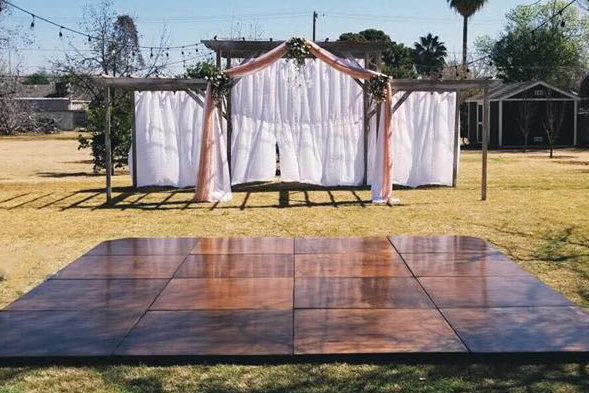Investigating the Diverse Materials That Convert Dance Surfaces into Breathtaking Visual Displays
Investigating the Diverse Materials That Convert Dance Surfaces into Breathtaking Visual Displays
Blog Article
Movement surfaces have evolved considerably over the years, transforming more than just a space to dance to melodies. Currently, they are transformed into stunning visual encounters through the use of various materials and techniques. These substances not only enhance the visual attractiveness of the area but also improve the overall encounter for performers and spectators alike. Understanding the flexible materials that contribute to these dynamic environments can offer insight into the craft of performance floor creation.
One of the most frequent materials used in contemporary dance floors is light-emitting diode lighting. LED lights are power-saving and can produce a broad variety of colors and effects. They can be integrated in the floor itself or used as part of a illumination system above the dance floor. This innovation allows for synchronized light shows that can change in reaction to the melodies, creating an immersive encounter. The capability to configure these lights means that they can be customized to fit different themes or moods, making each occasion unique.
Another crucial substance is reflective materials, such as mirrors or shiny tiles. These surfaces can create an deception of space and depth, making the dance floor seem larger than it is. When performers dance, their images can add an extra layer of visual browse around this web-site appeal, enhancing the overall show. Additionally, mirror-like materials can interact with illumination effects, amplifying the colors and patterns displayed on the floor. This combination of illumination and reflection can enthrall audiences and boost the vitality of the event.
In furthermore to illumination and reflective materials, the use of electronic screens has grown progressively common in dance floor creation. These screens can display vibrant images, graphics, or even real-time feeds of the show. By integrating electronic technology, event planners can create a multi-sensory experience that involves both the performers and the spectators. The ability to alter visuals in actual time allows for a fluid atmosphere that can adapt to the beat and vitality of the music, making each moment feel new and thrilling.
Additionally, the selection of surface substance itself plays a crucial role in the complete experience. Traditional wooden dance floors are still favored for their strength and performance qualities. However, newer substances like synthetic and rubber are gaining favor due to their versatility and ease of care. These substances can provide better impact absorption, minimizing the risk of injury for performers. Additionally, they can be designed with various textures and hues, allowing for creative representation in the dance floor's look.
In summary, the transformation of dance floors into stunning aesthetic encounters relies on a mix of innovative materials and techniques. Light-emitting diode lighting, reflective materials, electronic screens, and specialized flooring materials all add to creating an captivating environment for dancers and spectators. As technology continues to advance, the opportunities for improving dance floor design will only expand, making upcoming occasions even more captivating and memorable. Comprehending these materials helps appreciate the craftsmanship involved in creating environments where dance and music come together harmoniously in harmony.